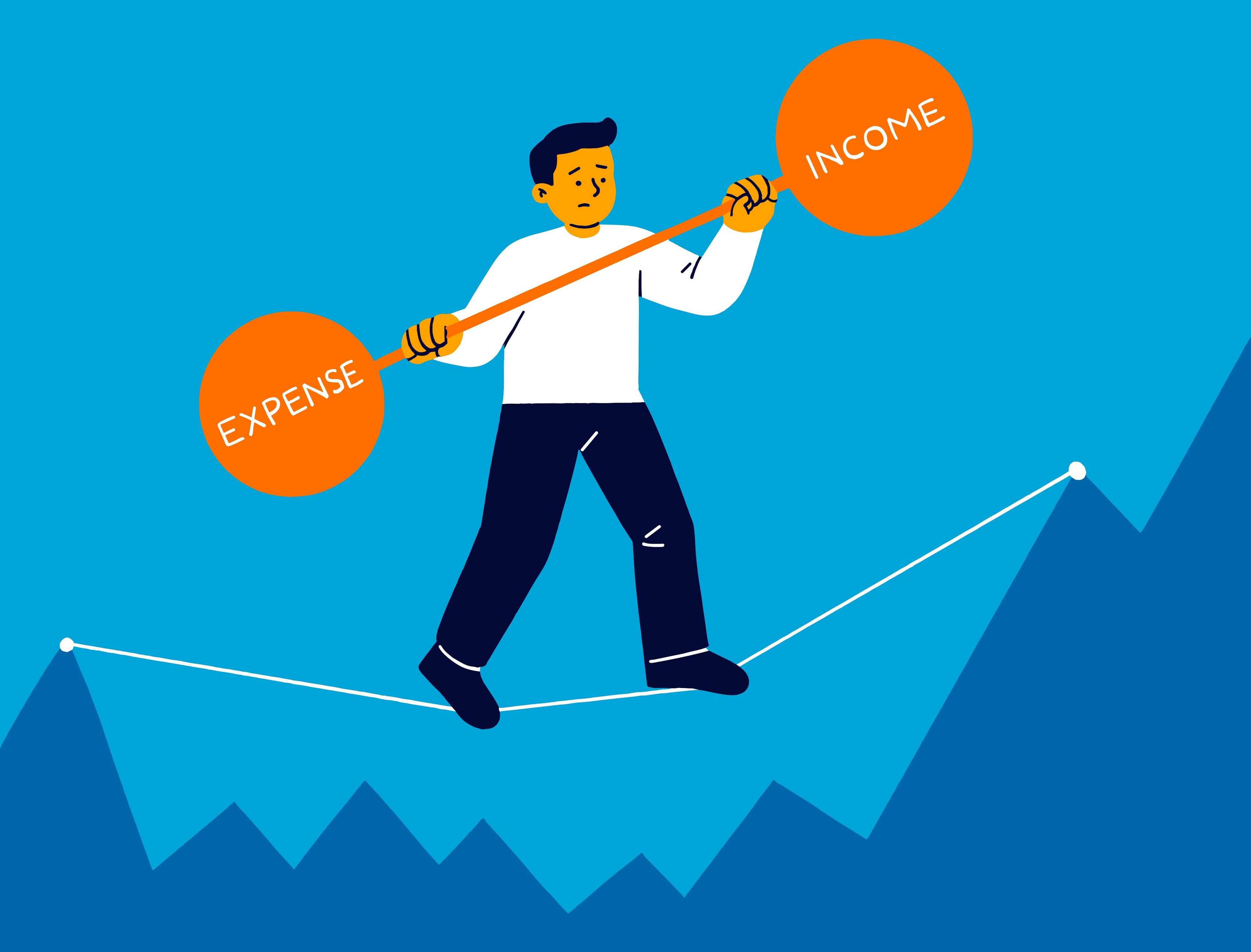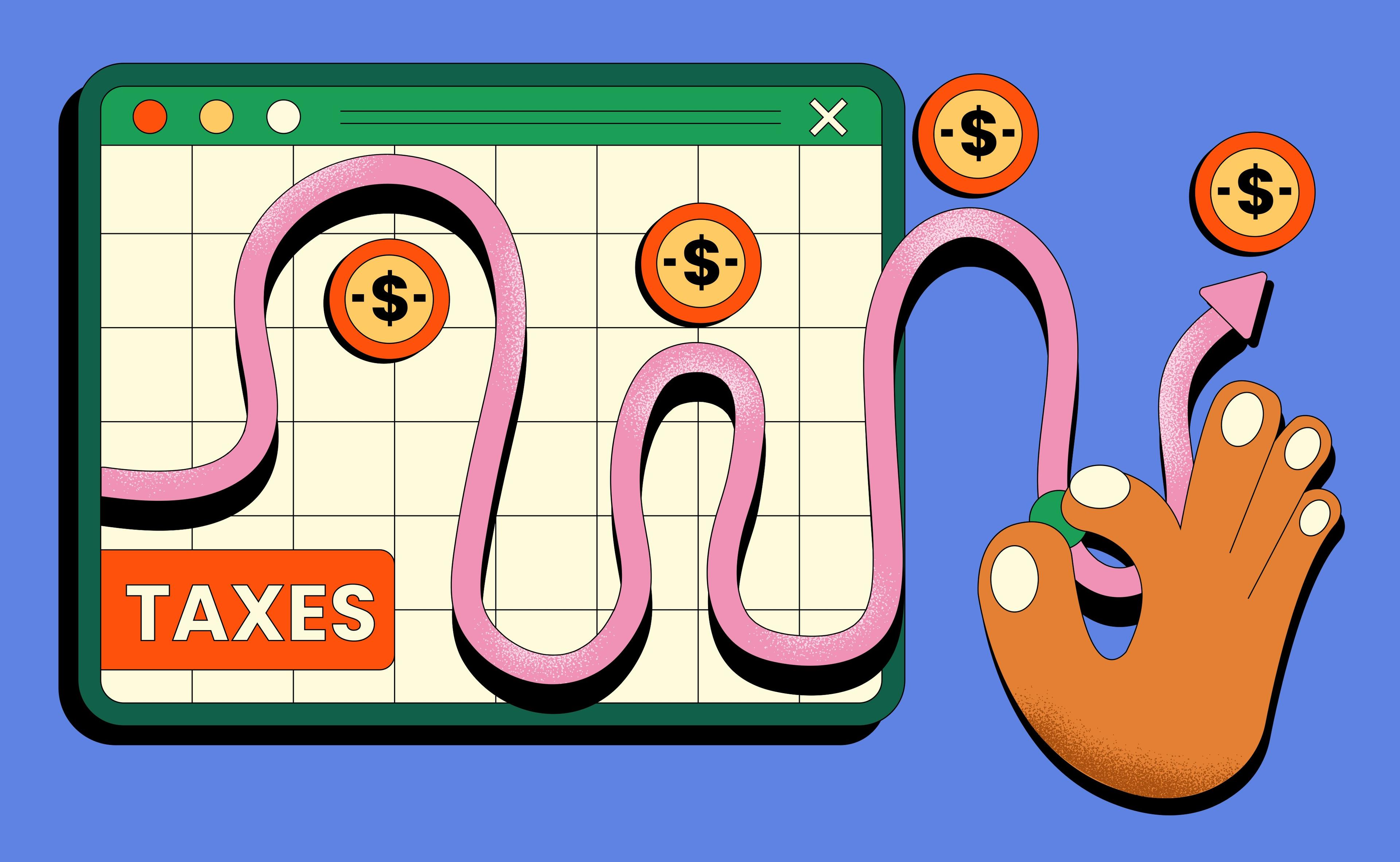When you hear that 401(k) limits are going up, it feels like the system just handed you a power up. The app updates, the HR email lands, numbers get bigger, and every finance creator on your feed tells you to “max it if you can”. That sounds nice in theory, but in real life most people are not walking around with an extra five figures of cash on standby. Even if you could technically hit the new limit, there is a quieter question that matters more than the headline. Not “how much” but “when”.
A boosted 401(k) is basically the same old retirement container with more space inside. You might have a higher annual contribution cap, a larger employer match, or new catch up rules if you are closer to retirement. The app screen looks like you now have room to slam in more cash. But the engine under the hood is still time and compounding. The moment each dollar enters that account, it is either working for you in the market or sitting outside waiting for its turn. Timing your boosted 401(k) contributions is about being intentional with that entry point, without pretending you can outsmart the market.
The first timing layer is simple. A dollar invested in January has more potential days in the market than a dollar invested in December. You do not need charts or a CFA to see that. If two people both hit the same boosted limit by the end of the year, but one spreads contributions across all twelve months and the other waits until the last quarter to ramp up, they do not have the same experience. On paper the total looks identical. In reality the first person gave their money more chances to grow, more dividend payments to reinvest, and more time for ups and downs to average out.
This is where the idea of dollar cost averaging quietly does its job. When you contribute from every paycheck, you are buying at a mix of market prices. Some months the market is up and you are buying at higher levels. Other months it is down and you are basically shopping during a sale. Over time those entries blend into an average cost. The boosted limit just means you can run that same play with more dollars. If you only wake up in September and decide to race to the cap, you miss nine months where your boosted room could have been slowly filling while the market did its thing.
Now zoom in on employer matching, because the timing there can be very different from what people assume. A lot of plans match your contributions per paycheck. They do not drop the full yearly match in as soon as you hit some percentage. That means if you front load aggressively at the start of the year and hit the contribution limit early, your employer may stop matching for the rest of the year. You technically maxed out your own side, but you also accidentally turned off free money for several paychecks. The boost in limits can make this easier to mess up if you simply crank your percentage without reading your plan rules.
Some employers offer what is called a true up. That means even if you max out early, they check your total percentage at the end of the year and add any missing match later. Other employers do not offer this. In those plans, timing becomes a real lever. You do not want to overload the first few months and then sit through the rest of the year with no new contributions and no match while each paycheck passes by. Matching is often calculated paycheck by paycheck, so a smoother contribution path may actually capture more employer dollars than a sprint.
Then there is the bonus question. Literally, your bonus. Many people use year end or mid year bonuses to make big jumps in their 401(k) contributions. If your plan lets you direct a high percentage of your bonus into the account, that can be an efficient way to use a one time cash spike. But the timing still matters. If your bonus lands near the end of the year and you have been contributing at a high rate already, your bonus deferral could accidentally push you over the annual limit. The plan will have to return the excess later, which creates paperwork and delays. On the flip side, if you keep your regular paycheck percentage very low because you are “waiting for the bonus”, you have months where you are barely using the boosted space at all.
Another timing layer shows up when you switch jobs in the middle of the year. Each employer looks at your contributions from their own payroll system. The IRS, however, looks at the combined total. If you do not pay attention, you could end up double tapping your boosted limit because both HR systems are happily letting you contribute up to the cap on their side, without seeing the full picture. That leads to excess contributions that need to be removed, and again, the money that was supposed to be quietly compounding is now trapped in admin back and forth. When you move roles, timing your boosted 401(k) contributions is partly about coordinating the story across employers.
Age also changes the timing game. If you are in your twenties or early thirties, the biggest leverage is starting now, even if you cannot fully max the new number. Each year you skip is not just a missed deposit. It is a year that deposit never gets to compound. You can catch up on the amount later, but you cannot pay to recover lost time. A boosted 401(k) actually amplifies this divide. Someone who starts early and gradually grows their percentage into the higher limit can end up with a bigger balance than someone who waited for a perfect income level, then tried to brute force max contributions ten or fifteen years later. The timeline is not glamorous, but it is powerful.
For people closer to retirement, the timing story is sharper. Catch up contributions exist for a reason, and a boost in those limits is a genuine opportunity. But catch up room is use it or lose it each year. You do not get to roll unused capacity forward. Timing here is not about daily market moves, it is about calendar years. If you delay using that catch up space because “the market feels scary”, you might calm your nerves in the short term but you also permanently give up one of the last levers you have. You cannot go back five years later and say you would like to retroactively fill the 2025 catch up.
One thing that confuses a lot of people is the difference between market timing and contribution timing. Market timing is trying to guess when prices will be high or low and shifting your money around based on predictions. That game is hard to win consistently, even for professionals with full time research teams. Contribution timing is different. It is mostly about calendar discipline and paycheck structure. You are deciding when new money enters the system, not constantly making big bets on moving it in and out. You do not need to predict anything to automate a higher percentage into your boosted 401(k) starting this month instead of “some time later this year”.
Of course, your cash flow is the real constraint. There is no point cranking your 401(k) percentage so high that you cannot pay rent or end up living on credit cards. That is not wealth building, that is just shifting stress from one line item into another. Timing your boosted 401(k) contributions should fit into a realistic budget where essentials and short term goals are covered. One approach is to adjust in small steps. Every time you get a raise, move one or two percentage points of that new income straight into your 401(k) and pretend it never existed as spendable cash. Over a few cycles, you can grow into the boosted limit without feeling like you put your entire lifestyle on a strict diet.
It also helps to sync contribution changes with predictable life patterns. If you know your student loans are set to be fully paid in a certain month, you can pre decide that half of that freed up payment will flow into your 401(k) instead of disappearing into lifestyle creep. If you usually get a cost of living adjustment at the start of the year, you can lock in a slight bump in your percentage at the same time. That way, timing your boosted 401(k) contributions rides on top of events that are already happening, rather than relying on pure willpower.
Let us put some numbers around this. Imagine two coworkers, both earning the same salary and both with access to the same boosted 401(k) limit. Person A starts in January and sets their contribution rate so that it reaches the annual cap evenly across twelve months. Person B waits until July to “feel ready” and then doubles their rate in order to catch up and still hit the cap by December. By the end of the year, both show the same contribution total inside the app. On the surface, they look identical. In the background, though, Person A gave every dollar between January and June extra months to sit in the market. Over decades, that pattern repeated year after year creates a noticeable difference, especially if markets grow more often than they shrink.
You can flip the example. Imagine someone who cranks their percentage too high, hits the limit in September, and then has zero new contributions and zero match for the last quarter. They get bragging rights for maxing out early, but they may have left employer money on the table if their plan has no true up. Another person who quietly spreads contributions through the full year might end up with a similar personal contribution but more employer match, just because they stayed synced with the payroll rhythm. The boost in limits increases the amount at stake in these timing decisions.
All of this leads to one simple conclusion. The boost to 401(k) limits is not just a bigger bucket. It is an invitation to clean up how and when you fill it. Start by actually reading your plan’s rules around matching, bonus contributions, and true ups. Then map out your year. Where do your income spikes show up. When do your big expenses land. How much can you commit from each paycheck without whiplash. Once you have that picture, you can pick a percentage now instead of treating your boosted 401(k) as a December afterthought.
When people talk about timing your boosted 401(k) contributions, it can sound like a fancy trick. In reality, it is mostly boring automation decisions layered on top of your real life. You do not need to predict markets or build spreadsheets full of scenarios. You need a plan that respects your cash flow, matches the way your employer pays and matches you, and uses the calendar year instead of letting it slip by. The limit may have gone up, but the core rule has not changed. Money that gets invested earlier and more consistently has more time to work. Your job is to make it as easy as possible for that to actually happen.














